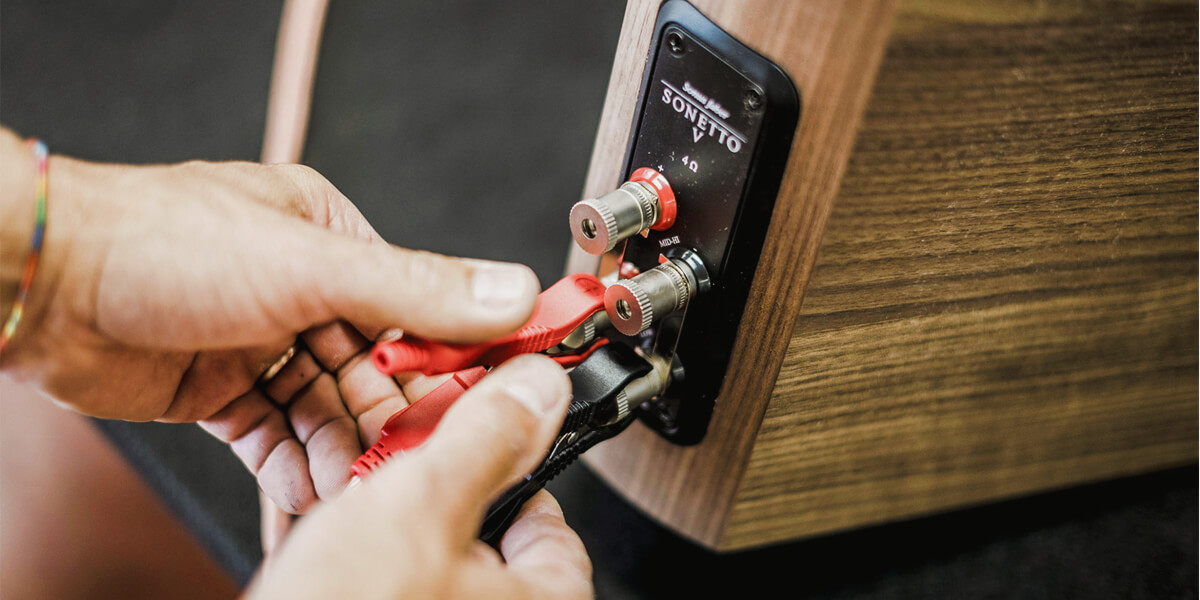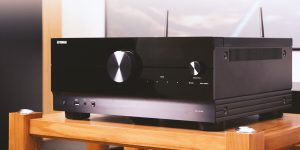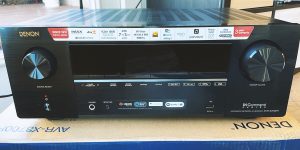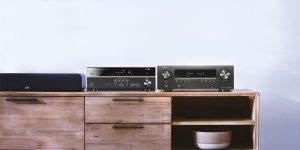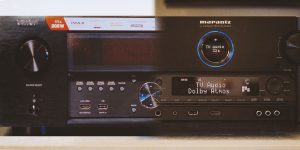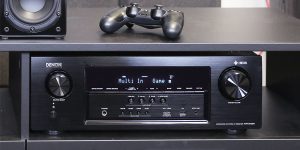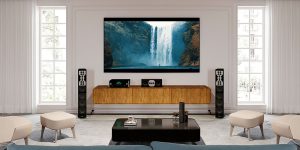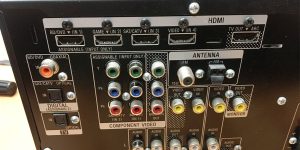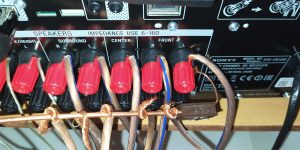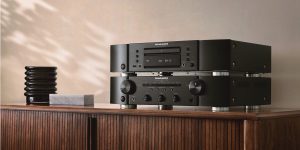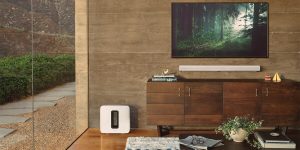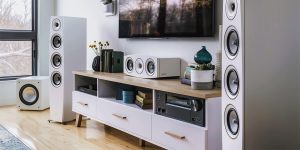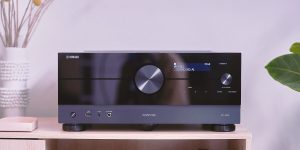Receivers play a vital role in multimedia systems, acting as the central hub for connecting various components. While traditional AV receiver speaker connections are widely used, understanding additional connection options such as bi-wiring and bi-amping can make a big difference in sound quality and achieve optimal sound.
Also, understanding these additional connectivity options will allow you to tailor your systems to your desired audio preferences and enjoy the home theater system, thanks to effective connection optimization. At the same time, while traditional connections may be sufficient for many, bi-wiring and bi-amping offer advanced options for optimal and immersive sound.
In this article, I will consider these two connection options in more detail as well as discuss their advantages and disadvantages. I will also give tips to help you choose the right option.
Bi-wiring explained
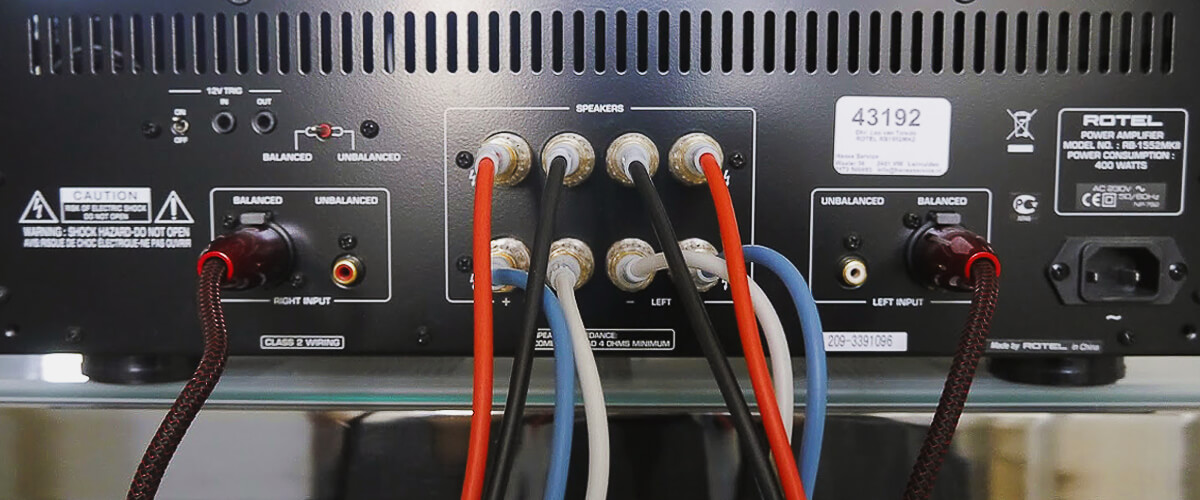
Bi-wiring is a method of connecting audio equipment, such as AV receivers, to speakers or additional separate amplifiers. It involves using two separate cables for each speaker, with one cable handling the low-frequency signals (bass) and the other one handling the high-frequency signals (treble). By providing separate paths for different frequency ranges, bi-wiring aims to reduce interference and enhance overall sound quality.
I’ve prepared a table for you with the pros and cons of this method of connecting. Let’s look at it in more detail.
| Advantages | Disadvantages |
|---|---|
| Improved power delivery and dynamics | Requires additional cables and connections |
| Reduced interference and enhanced sound quality | It can be more complex to set up and manage |
| Clearer and more detailed sound reproduction | – |
| Wider soundstage and better imaging | – |
In summary, bi-wiring offers the potential for enhanced audio performance by separating low-frequency and high-frequency signals. However, it requires careful consideration, investment in quality equipment, and expertise in an effectively optimizing AV receiver setup.
Bi-amping explained
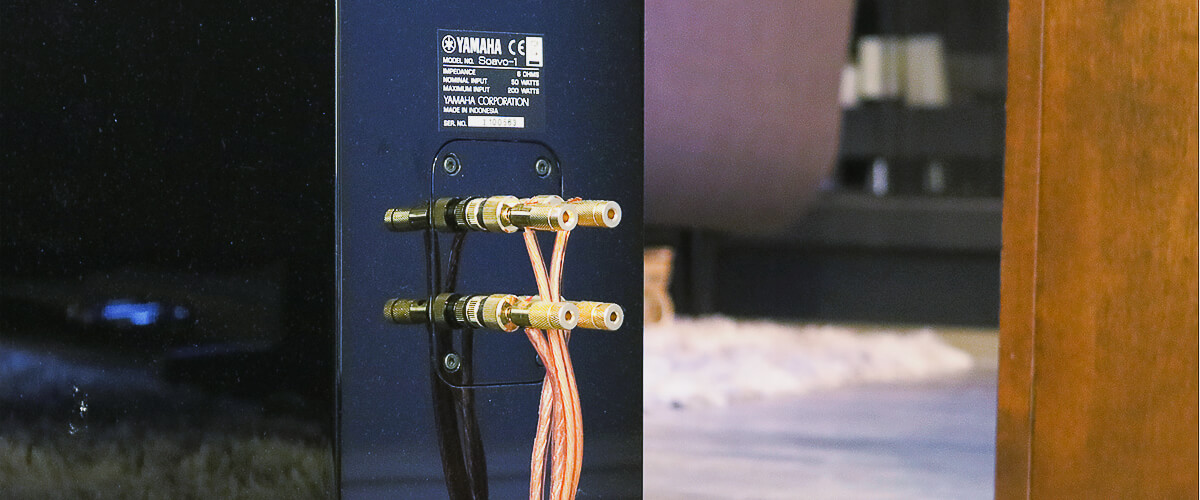
Bi-amping takes the concept of bi-wiring a step further. Instead of using a single amplifier, bi-amping utilizes separate amplifiers for the low-frequency and high-frequency sections of a speaker. This means that each frequency range is powered by its own dedicated amplifier, providing greater control, power, and precision.
The main difference between bi-wiring and bi-amping lies in the amplification stage. Bi-wiring focuses on optimizing the connection between the receiver and speaker, while bi-amping introduces separate amplifiers to independently drive different frequency ranges, resulting in improved sound quality, dynamics, and overall performance.
I’ve also prepared a table with the pros and cons of this connection method. Let’s consider it:
| Advantages of bi-amping | Disadvantages of bi-amping |
|---|---|
| Enhanced dynamics and improved clarity | Requires multiple amplifiers and connections |
| Minimized intermodulation distortion for accurate audio reproduction | Can also be more complex to set up and manage |
| Independent adjustment of bass and treble response | It may require higher-quality amplifiers and speakers to fully realize the benefits |
| Potential for better integration with room acoustics | – |
So, we’ve looked at the main pros and cons you should pay attention to. I hope it will help you understand if the system meets your expectations and needs.
Comparing bi-wiring and bi-amping
While both approaches aim to enhance audio performance, they differ in their approach to signal distribution and control.
Understanding the features and differences between these two methods can help you make informed decisions about their setup. To provide a clearer overview, let’s compare bi-amping vs. bi-wiring in a table highlighting their advantages and considerations.
| # | Bi-wiring | Bi-amping |
|---|---|---|
| Type of connection | Uses separate cables for low and high frequencies | Uses separate amplifiers for low and high frequencies |
| Power delivery | Improved power delivery and dynamics | Enhanced power delivery and control |
| Interference | Reduced interference and enhanced sound quality | Minimized intermodulation distortion for accurate sound |
| Sound quality | Clearer and more detailed sound reproduction | Improved clarity and accuracy |
| Customization | N/A | Independent adjustment of bass and treble response |
| Complexity | Requires additional cables and connections | Requires multiple amplifiers and connections |
| Setup | Relatively simpler setup | More complex setup and management |
| Equipment quality | Results may vary depending on the speaker and cables | It may require higher-quality amplifiers and speakers |
This table shows the main differences between these two connection methods. To choose the option that best suits you, analyze your needs and expectations and then compare them with the possibilities of both connection methods.
Choosing the right method for your system
Choosing the right method, whether bi-wiring or bi-amping, for your audio system depends on several factors, such as:
- The capabilities of your AV receiver and speakers. Some receivers may not have dedicated outputs for bi-amping, making bi-wiring the only viable option.
- Desired level of customization. Bi-amping allows independent control over bass and treble, making it ideal for fine-tuning the audio to your preferences.
- Your budget and the quality of your equipment. Bi-amping typically requires investing in multiple amplifiers, while bi-wiring primarily relies on quality cables.
Ultimately, the choice between bi-wiring and bi-amping should be based on your specific needs, equipment, and the desired audio performance.
Essential tips for unlocking your AV receiver’s full potential
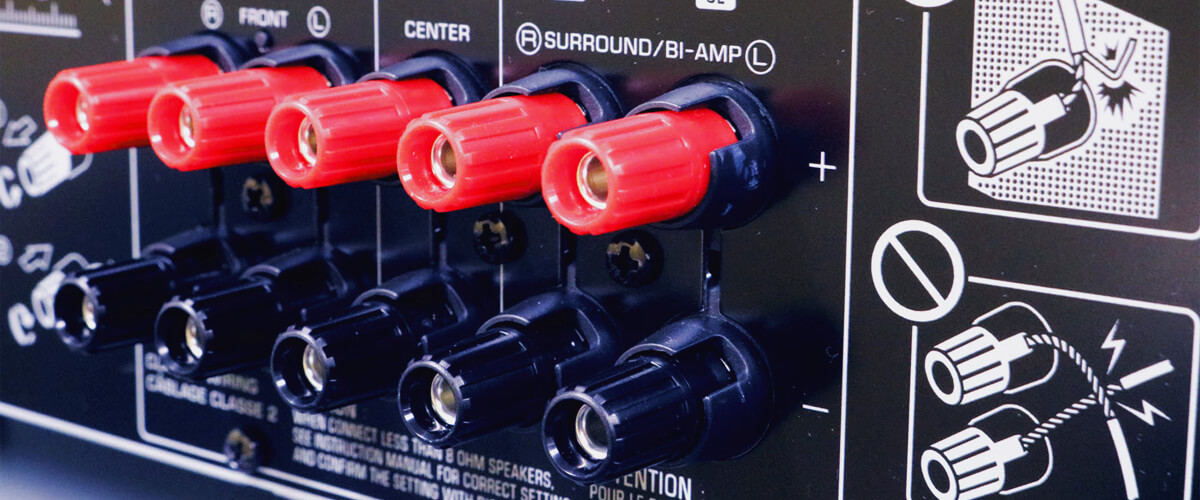
Recently, my friend asked me, as an expert in the field, how to maximize the potential of an AV receiver. And I have prepared for him some important tips that I want to share with you. They relate to choosing the right cables and connectors as well as looking for proper speaker placement and making the calibration. Let’s look at my recommendations in more detail.
Choosing the right cables and connectors
Choosing the right cables and connectors is crucial for achieving optimal audio performance and signal integrity. Here are some factors to consider when selecting cables and connectors:
| Factor | Description |
|---|---|
| Cable type | Choose cables that are appropriate for your audio setup. Common options include HDMI, optical, coaxial, and RCA cables. |
| Cable length | Consider the length of the cables you need. Excessively long cables can result in signal degradation, so choose the shortest length necessary for your specific setup. |
| Cable quality | Invest in high-quality cables that are well-constructed and shielded to minimize interference and ensure reliable signal transmission. |
| Connector quality | Inspect the connectors for durability and corrosion resistance. Gold-plated connectors can provide better conductivity and longevity. |
| Compatibility | Ensure that the cables and connectors you choose are compatible with your AV receiver, speakers, and other audio equipment. |
Remember to consult your AV receiver and speaker manuals for any specific cable recommendations or requirements.
Proper speaker placement and calibration
Proper speaker placement and calibration are important in achieving optimal sound quality and immersive audio experience. Here are some key tips to consider:
- Position the speakers at ear level and make sure they are the same distance from your listening position;.
- Consider the acoustic characteristics of the room. Use acoustic aids such as diffusers or absorbers;.
- Experiment with subwoofer placement to find the best position that balances low frequencies and minimizes room resonances;.
- Keep some distance between the speakers and walls to prevent sound reflection and improve the picture;.
- Avoid placing the speakers too close to furniture or obstructions that may interfere with sound propagation or create unwanted reflections;.
- Make sure all speakers, including the center channel and surround speakers, are properly aligned and facing toward the listening area.
By following these tips for proper speaker placement and calibration, you can create an immersive and accurate audio experience that brings your movies, music, and games to life!
FAQ
Can any AV receiver support bi-amping and bi-wiring?
Not all AV receivers support bi-amping and bi-wiring. While some high-end receivers offer dedicated terminals for these connections, it’s important to check the specifications and features of the specific receiver model.
Is it necessary to have both bi-amping and bi-wiring?
No, it is not necessary to have both bi-amping and bi-wiring. These are separate methods of connecting audio equipment, and you can choose either option based on your specific needs and preferences.
What are the most common mistakes when setting up bi-amping or bi-wiring?
Two common mistakes when setting up bi-amping or bi-wiring include mismatched cables and improper configuration of amplifier settings.
Do bi-amping and bi-wiring really improve sound quality?
Bi-amping and bi-wiring have the potential to improve sound quality. Still, the extent of improvement may vary depending on several factors, such as the quality of equipment, speakers, and cables used, as well as the specific characteristics of the audio setup and the listener’s preferences.
